When you think of Japanese architecture, you think of the iconic torii gates. The entrance of Japan’s Shinto shrine is the torii gate -- this traditional Japanese gate, usually made of wood, connects worlds. Often in vibrant vermilion red, it symbolizes the transition from the mundane world to the sacred realm of the kami. As you pass beneath these architectural landmarks, where the physical and sacred worlds intertwine, you will be struck by both the spiritual significance and aesthetic grandeur.
Japan is dotted with thousands of torii, with theories linking them to ancient Shinto rituals celebrating life and nature. This post is an ultimate guide to the origin and meaning of the torii gate with an explanation of its design, uses, and famous examples like Fushimi Inari Taisha’s thousand-gate tunnel. A view to gaining an understanding of torii as a cultural emblem, featured in art, festivals, and global pop culture today, will also be introduced.
Table of Contents
What Is a Torii Gate And What does It Symbolize
Origin
Torii Gate Design and Structure
Torii Gate Types
5 Most Iconic Torii Gates to Visit In Japan
Today’s Torii Gates: Tradition Meets Modernity
What Is a Torii Gate And What does It Symbolize
Want to know exactly what the torii gate definition is? The torii is one of the most iconic architectural elements of Japanese Shintoism. Usually standing at the entrance to a shrine, it is a simple and stately form of two pillars supported by a beam above. Most of these gates are painted a vivid vermilion color, but there are also plain styles that retain the original color of the wood.
The vertical pillars of the torii represent the pillars connecting heaven and earth, while the slightly curved upward cornice is a metaphor for the path to the divine realm, creating an intertwined space that welcomes Kami to travel through and the worshippers from the mundane to the sacred. The passageway below is seen as a sacred path to purify the body and mind and prepare to meet the deities.
Why are torii gates red? Not only is the color vermilion (pigment) highly resistant to weathering, but in Shinto beliefs, it symbolizes the power of life, good luck, and the power to ward off evil spirits. The open structure of the torii reflects the Japanese religious philosophy of connecting the inside and the outside.
The different torii gate types illustrate the regional characteristics of Japan and the history of torii. For example, the Senbon Torii (Thousand Torii Gates) of Fushimi Inari Taisha Shrine creates a stunning red tunnel. The log torii of Ise Jingu Shrine shows the beauty of antiquity. The floating torii gate of Itsukushima Shrine in Hiroshima, unique for being built over water, shows the symbiotic relationship between nature and divinity through the ebb and flow of the tides.
From urban shrines to deep valleys, from gates in the sea to paths in the fields, torii have become one of the most recognizable and philosophical symbols of Japanese culture with their unique aesthetic forms and profound spiritual connotations.
How to Pronounce Torii Gate in Japanese?
“Torii” is written in Japanese as “鳥居” and is pronounced: とりい (torii). と (to) is pronounced like the English word “toe”, り (ri) is pronounced like the English “ree”, and い (i) is pronounced like the English “ee”.
What is Half Torii Gate Meaning?
It may be an unfinished or broken torii gate, e.g., with only columns or a single side beam remaining. It may be in a relic state due to natural damage or intentional preservation. It may also be the result of a deliberate simplification of the torii form in the pursuit of minimalist aesthetics in modern art or landscape design.
A half torii gate may be found in non-religious places (e.g., Japanese gardens, commercial spaces). But it is only used as a decoration, and does not have the full religious significance of the entrance to the sacred realm in Shintoism.
What is Written on Torii Gates?
Normally, there is no written text on Japanese torii, since the meaning is conveyed through the color and design. However, a few torii are labeled with the name of the shrine or the deity's honorific name on a small plaque below the top beam. For example, the torii of Fushimi Inari Taisha Shrine in Kyoto are often labeled “Fushimi Inari Taisha Shrine”. In addition, torii gates donated by individuals or corporations may have the name of the donor and the date inscribed on the back.
Origin
There are several theories as to the origin of the torii, none of which has been confirmed by archaeology. The most popular theory is that Torii originated from the myth of the Book of Antiquities.
According to the mythology of the Kojiki, Japan's greatest deity is called Amaterasu Omikami, or the Sun God. It is also the direct ancestor of the Emperor. Amaterasu Omikami had a brother named Susanoo no Mikoto, who was famous for having slain the Yamata no Orochi. However, Susanoo no Mikoto kept destroying Amaterasu Omikami's land. Amaterasu Omikami hated his brother, Susanoo no Mikoto, so much that one day, he found a cave to hide in and blocked the entrance of the cave with a rock, thus leaving the earth without the sun.
Eight million gods came up with a solution. They built a tall stand, put all the roosters on it, and made all the roosters crow together. Amaterasu Omikami felt strange and pushed away the stone to take a look. Those sumo wrestlers who were hiding immediately joined forces to push the stone away, and the world shone brightly again. This stand was the first torii gate in Japan.
In Japanese, “tori” is pronounced the same as “とり” for chicken, so torii is actually “a wooden stand for chickens”.
Some other views believe that the torii originated from other buildings. For example, the Japanese Crown Wood Gate, the Chinese Memorial Archway, the Gateway of India, or the Red Arrow Gate of the Korean Peninsula.
Torii Gate Design and Structure
Although every torii looks similar, there are subtle differences.
The main structure of a torii consists of two pillars, the kasagi and shimagi, on the pillars, and the kanji that spans between the two pillars.
Some torii gates have attached structures, such as frontal beams, wedges, and kamebara (turtle belly) or daiishi (base stone). The frontal beam is a rectangular structure fixed between the kan and kasagi, and is used to record the name of the shrine. The wedge is a structure installed between the kan and the two pillars to hold it in place. And the socle is a stone structure installed at the bottom of the two pillars to hold them in place.
Some torii are equipped with a rope to create a boundary to prevent disasters from passing through.
Materials
What are torii gates made of? The most common ones are wooden torii, stone torii, and copper torii, which have existed since ancient times. In recent times, iron and concrete torii have begun to appear.
Sizes
Torii vary in size, usually about 2-4m high, with large torii reaching 7-10m.
As of 2025, the largest torii is the Oyunohara Torii at Kumano Hongu Taisha Shrine, which is about 33.9 meters high and 42 meters wide.
The smallest torii as of 2025 is the Miniature Torii of Awashima Shrine (Utsukushi-shi, Kumamoto), which is 30cm high and 30cm wide.
Where Are They Placed
Torii are usually located at Sandō or Tamagaki (i.e., fences).
A few torii are located over water, such as the Otorii of Itsukushima Shrine and the Peace Torii (Heiwa no Torii) of Hakone Shrine.
Numbers
The number of torii installed at each shrine varies. The quantifier for the number of torii is “ki”. When more than one torii is installed in a sandō, they are referred to as Ichino Torii (First Torii), Nino Torii (Second Torii), Sanno Torii (Third Torii), and so on from the outside to the inside of the sandō. The First Torii is located at the entrance to the sandō.
The shrine with the largest number of torii gates is Fushimi Inari Taisha Shrine, with a total of nearly 10,000.
Colors
Red torii: Ancient Japanese believed that the color vermilion brought the warmth of spring, thus promoting agriculture. In addition, legend has it that red has always been the color to fight against demons and monsters, and therefore, red torii also have the symbolism of eliminating disasters and bad luck.
White Torii: This is actually a log torii. Because the color white has the meaning of purity, purification, and exorcism, many famous shrines are built with white torii.
Blue torii: Relatively rare, they are usually found on the beach and are built in the colors of the sea.
Black Torii: Rare and considered to be the oldest torii in Japan. For example, Nonomiya Shrine in Arashiyama, Kyoto, has a black wooden torii gate.
In addition, there is the Golden Torii housed in the Gokin Shrine, which is dedicated to the deity of wealth.
Torii Gate Types
Depending on the type of post and kasagi, there are two general categories: Shinmei torii and Myōjin torii. In the case of the Shinmei torii, the pillars and kasagi are straight, and there is no shimagi. The Myōjin Torii has two slightly sloping pillars and a shimagi under the kasagi, which is curved and curved at both ends.
Shinmei Family
Shinmei Torii: The upper part of the two columns carries a cylindrical kasagi, and the through does not extend beyond the columns. None of the columns is tilted.
Ise Torii: Similar to the basic style of Shinmei Torii, there is one in the east and one in the west of Ise Jingu. The kasagi is an angular pentagonal shape, narrowed at the ends and sloping downward to become shorter. The crosspieces do not go through and are fixed with wedges.
Kashima Torii: The end of the gate is higher than the two columns.
Sotatsu Torii: The torii of Sotatsu Kurozumi, the founder of the Kurozumi sect, is dedicated to Sotatsu Shrine. It is based on the Kashima torii and has a frontal beam fixed with wedges.
Kuroki Torii: The design is exactly the same as that of a typical Shinmei torii, but with the use of half-peeled round logs for the hats. It is best known as the torii of Nonomiya Shrine in Kyoto.
Hakamaru Kinoki Torii: The design is exactly the same as that of a typical shrine torii, but the veneered logs are used as they are. This type of torii is mostly used in Japanese imperial tombs.
Myōjin Family
Myōjin Torii: The most common type of torii, with two slightly sloping columns and a shimagi under the kasagi. The kasagi and shimagi are curved, and the ends are raised. At the bottom of the pillars, there is a kamebara or daiishi.
Daiwa Torii: A torii that has a wheel, so it is specifically called Daiwa Torii. It is also called Inari Torii because it is found in Fushimi Inari Shrine and various other Inari shrines.
Sannō torii: The upper part of the Myojin Torii is built with a mountain-shaped, palm-like decoration, representing the reconciliation of God and Buddha. It is also known as the wind-breaking torii and the hoso torii. The most famous Sanno torii is located in Nikkichi Taisha Shrine.
Kasuga Torii: There is a slanting kasagi on the island wood, with a frontal beam above the center. It is typical of Kasuga Taisha Shrine.
Hachiman Torii: Basically the same shape as the Kasuga Torii, but with sloping ends of Shimagi and Kasagi.
Sumiyoshi Torii: The use of angular pillars with angles is its characteristic feature. This type is found in front of the Shinto gate of Sumiyoshi Taisha Shrine in Osaka.
Nakayama Torii: The torii of Nakayama Shrine in Okayama is a typical example of this type of torii, and is characterized by the fact that the kan does not protrude beyond the columns.
Nune torii: The central frontal beam is supported by forsaken hokage (Sasusaka) to the left and right, forming a mountain-shaped structure. It is a variation of the Sannō torii.
Usa torii: Very similar to the Myōjin torii, but without the frontal beam. It is also built with a root roll where the turtle's belly should be.
Some Other Common Types
Ryōbu torii: A total of four small pillars or wakago pillars were built on the front and back of the pillars of the Myōjin torii. This is why it is also called a four-legged torii and a gonjin torii.
Miwa torii: There is a waki torii to the left and right of the central torii. This type of torii is famous at Omikami Shrine.
Mihashira torii: Each of the three pillars stands at the apex of a square triangle, with the upper part connected in a triangular shape. Mihashira Shrine in Kyoto is famous for this torii.
5 Most Iconic Torii Gates to Visit In Japan
In Japan, almost every shrine entrance has a torii. So next, we recommend a few of the best ones to visit on your Japan tour.
Fushimi Inari Shrine in Kyoto
Fushimi Inari Taisha Shrine is one of the most famous shrines in Japan and one of the top ten tourist attractions in Japan. It has more than 10,000 red torii, which stretch from the foot of Mount Inari to the top of the mountain, forming the famous “Senbon Torii Tunnel”. Inari Daimyojin is enshrined here and is known for his blessings for business, academic advancement, and a good harvest.
Itsukushima Shrine in Hiroshima
Itsukushima Shrine, located on Miyajima Island in Kokkaichi City, Hiroshima Prefecture, is a World Heritage Site. Still standing in the sea after 145 years, it is a symbol of traditional Shinto culture. When the tide is below 100, you can walk to the foot of the torii; when the tide is above 250, the entire shrine floats in the sea.
Oarai Isomae Shrine in Ibaraki
Oarai Isozen Shrine was built in the 9th century and is located on the magnificent Oarai coast. It is also a well-known sunrise spot in Japan.
Sakurai Shrine in Fukuoka
Built in 1632, the white torii of Sakurai Shrine stands majestically among the mountains and forests of Futamigaura, contrasting with the dark blue background of the sky and the sea. Here, you can pray to the shrine for the fulfillment of a couple's relationship or for a good marriage.
Iwato Shrine in Miyazaki
Iwato Shrine has a mysterious and beautiful landscape hidden in the Tengan Kawara Cave. The name of the shrine means “Cave of the Sun Goddess”, making it a place of sacredness.
Today’s Torii Gates: Tradition Meets Modernity
Geometric concrete Torii, designed by Tadao Ando, symbolizes the fusion of modernity and timelessness.
Many themed hotels, such as the Torii Hotel in Tokyo, are inspired by the Torii.
The Torii's design has been used in store signage and even on the packaging of limited-edition products at convenience stores.
Many Japanese cafes and izakayas are decorated with miniature torii, such as in the Kagurazaka neighborhood of Tokyo.
In the anime Inuyasha, the Torii boundary in the “Bone Eater's Well” has become a classic scene.
The Okami game uses the torii as a level node to reconstruct the Shinto spatial narrative.
In private courtyards or tea gardens, small torii mark a “sacred space”, reflecting the owner's respect for Shinto culture. It is also an aesthetic decoration.
In Minecraft games, torii is a popular architectural style that reflects Japanese shrine culture. Players can build a torii gate in the garden in Minecraft through creative construction or module reproduction.
Explore the Distinctive Torii Gates in Japan with Hi Five Trip
Crafted with up-to-date knowledge and guided by local insiders, these are our top-recommended Japan tour packages with torii gates discovery.
If you wish to customize a trip to Japan, our 1-on-1 travel consultants are at your service. Let’s discuss your individual needs.

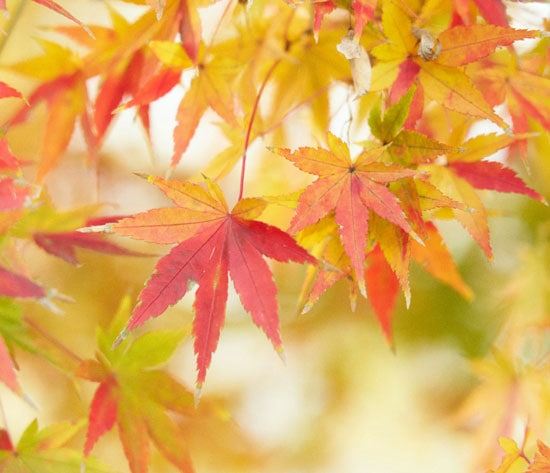
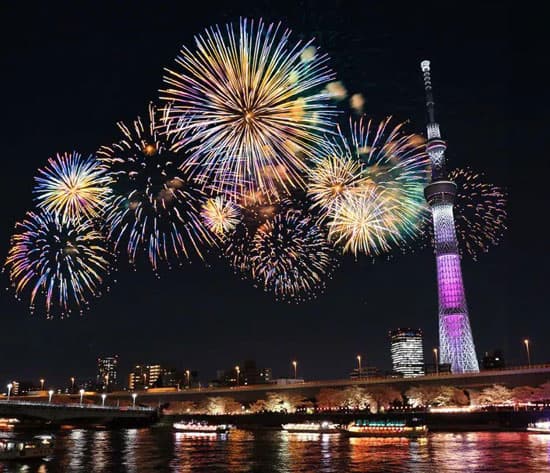
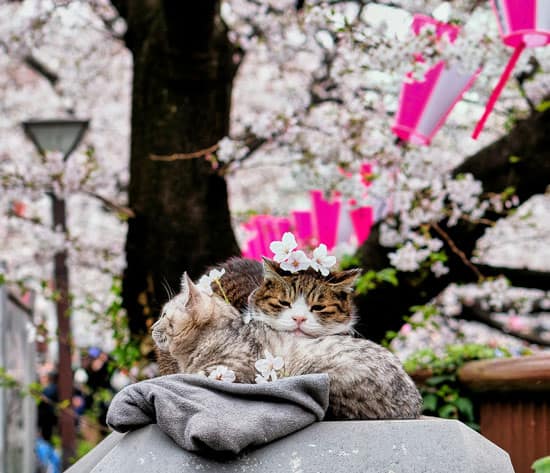
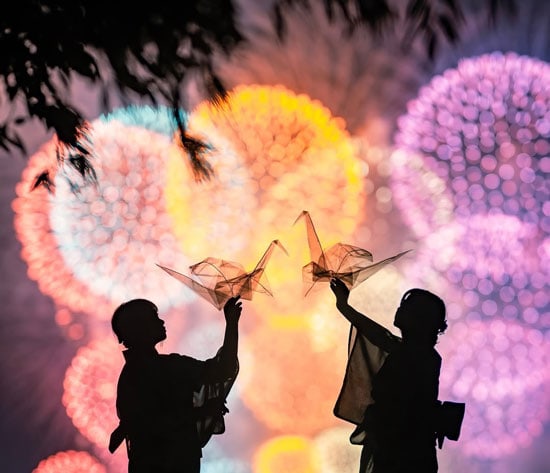
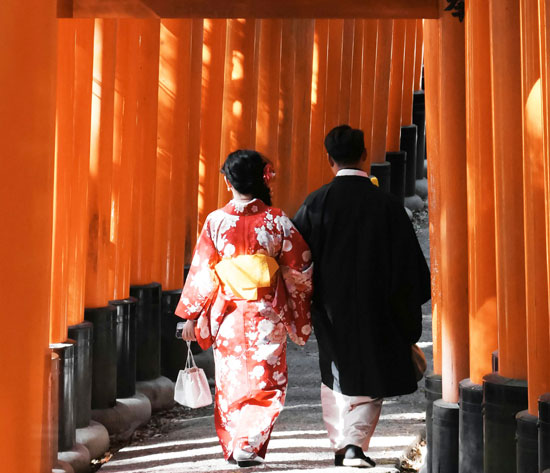
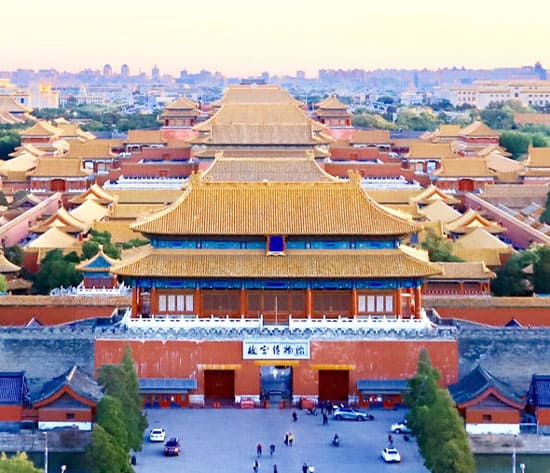

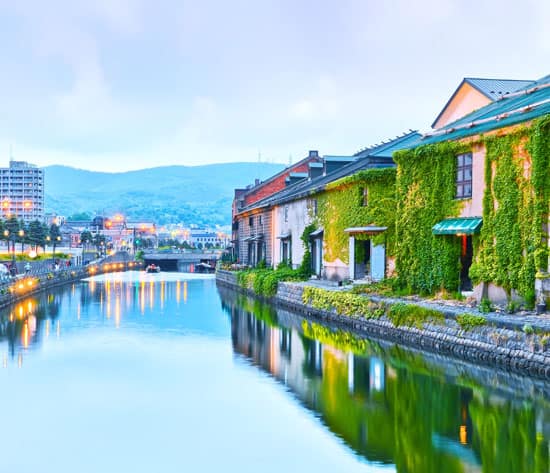
Have a Question?
You might see your comment appear on this page, but your email address and full name will not be published. Your personal information will remain confidential. Our Asia travel experts will get back to you as soon as possible. Required fields are marked *